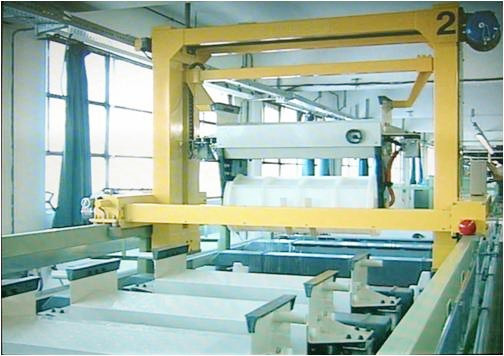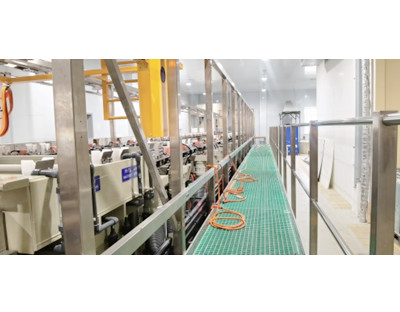Non precious metal substrates such as aluminum or steel materials can be protected by electroless nickel plating technology, and can avoid improving their surface properties by using hard to machine individual rust steels. The relatively soft and non wear-resistant substrate can be given a hard and wear-resistant surface by electroless nickel plating. In many cases, electroless nickel plating has many advantages instead of hard chromium plating. Especially for internal coating and parts with complex shape, as well as hard chromium coating requiring post plating machining. Some substrates can be easily brazed or their surface properties can be improved by using electroless nickel plating.
1. Electroless nickel plating. Because of its excellent uniformity, hardness, wear resistance, corrosion resistance and other comprehensive physical and chemical properties, this technology has been widely used abroad. The proportion of electroless nickel plating in various industries is roughly as follows: aerospace industry: 9%; Automobile industry: 5%; Computer industry: 15%; Food industry: 5%; Machinery industry: 15%; Nuclear industry: 2%; Petrochemical industry: 10%; Plastic industry: 5%; Power transmission: 3%; Printing industry: 3%; Valve manufacturing: 17%; Others: 11%.
For example, the electroless nickel plating on the inner surface of the brass tube of the generator condenser in the power plant can greatly improve the corrosion resistance and prolong the service life of the condenser tube; Nickel plating on aluminum alloy can improve the hardness and protection performance of aluminum alloy. Improve the surface properties of aluminum alloys and expand the application scope of aluminum alloys.
2. Electroless nickel alloy plating
(1) Nickel phosphorus binary alloy coating: hardness HV550~600, good conductivity, weldability, corrosion resistance, used for IC top cover, lead frame, mold, button, etc;
(2) High phosphorus nickel alloy coating, nonmagnetic, widely used in electronic instruments, semiconductor electronic equipment shielding layer against electromagnetic interference.
(3) Nickel boron phosphorus ternary alloy, coating hardness HV680, used for piezoelectric ceramic electrodes, actuators, valves.
(4) Ni-B-W hardness HV800, electronic mold, contact material, etc.
(5) The contact surface of 45 # steel gear can be significantly improved by brushing nickel phosphorus and nickel cobalt alloy metals on the gear surface.
3. Electroless silver plating is mainly used for welding points of electronic components and printed circuit boards to improve the corrosion resistance and conductivity of products. It is also widely used in various decorations, such as assembly cups, advanced travel insulation cups, fasteners, etc. Beryllium bronze is widely used in the communication industry. In order to further improve the elastic conductivity of beryllium bronze, silver can be plated on it.
Application of electroless plating on the surface of non-metallic materials Non conductors can use electroless nickel plating on one or several metals, which is important in both decoration and function (such as electromagnetic interference shielding). In many cases, many engineering plastics have been considered as substitutes for metals. Some of them have good high temperature resistance. All of these plastics are lighter than metals and more resistant to corrosion, including polycarbonate, polyaryl ketone ether, polyetherimide resin, etc. Where conductivity or electric shielding is required, plastics need to be metallized, which can be achieved by electroless nickel plating.
1. Silver, copper and nickel plating on nylon surface: for example, electroless nickel, silver and copper plating on nylon surface is used to replace metal or decoration; Pure silver was plated on the special nylon base cloth by a new electroless plating process, which made the nylon cloth have good electromagnetic radiation resistance.
2. Decorative plating on the surface of plastic workpieces, such as buttons, fasteners on vehicles, protective plates, etc. The use of electroless plating is simple and convenient, and can meet the needs of the market.
3. Chemical copper plating on polypropylene fiber can be used for industrial filtration and protection such as chemical, pharmaceutical, textile, etc. Polypropylene non-woven fabric copper plating composite materials increase the conductivity of polypropylene fiber materials, eliminate the harm of static electricity, and can be used to manufacture anti-static protective clothing packaging materials, decorative materials, etc., which has a broad application prospect.
4. Electroless copper plating: copper plating with high-strength plastic instead of metal copper can achieve the same surface performance and effect as copper, which is less difficult than casting and forging, reduces equipment investment and saves a lot of copper. High strength plastic plated with metal can improve the anti-aging performance of plastics and eliminate the electrostatic dust absorption effect of plastics.





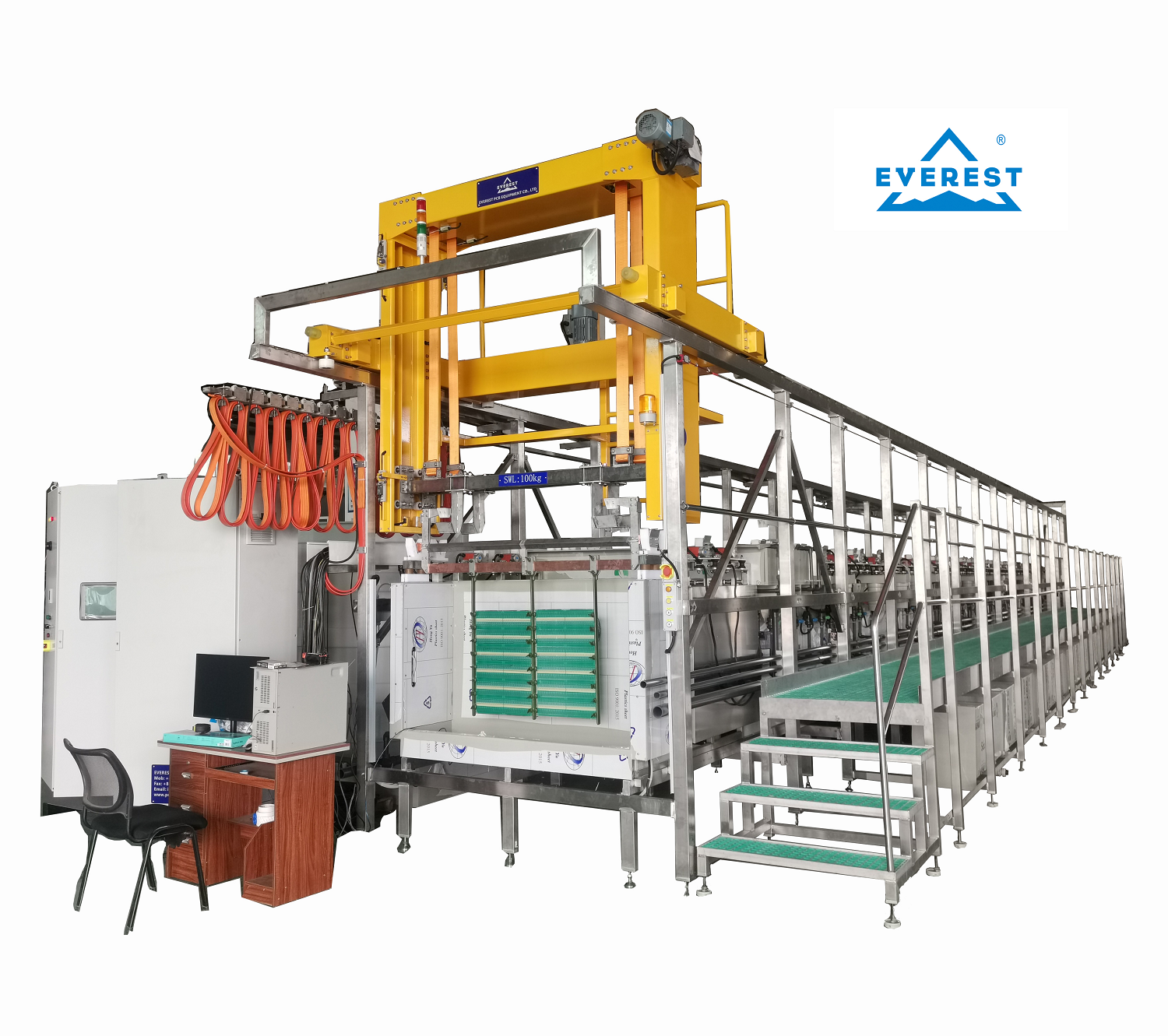
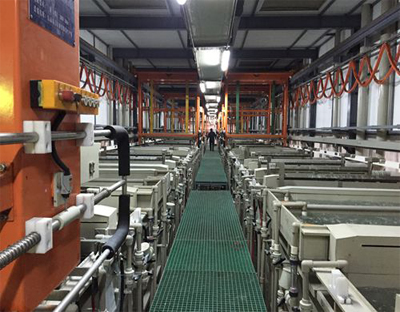
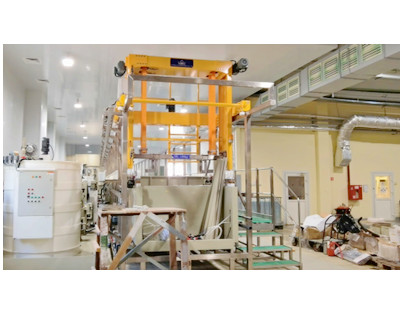
 Mar. 02, 2022
Mar. 02, 2022 